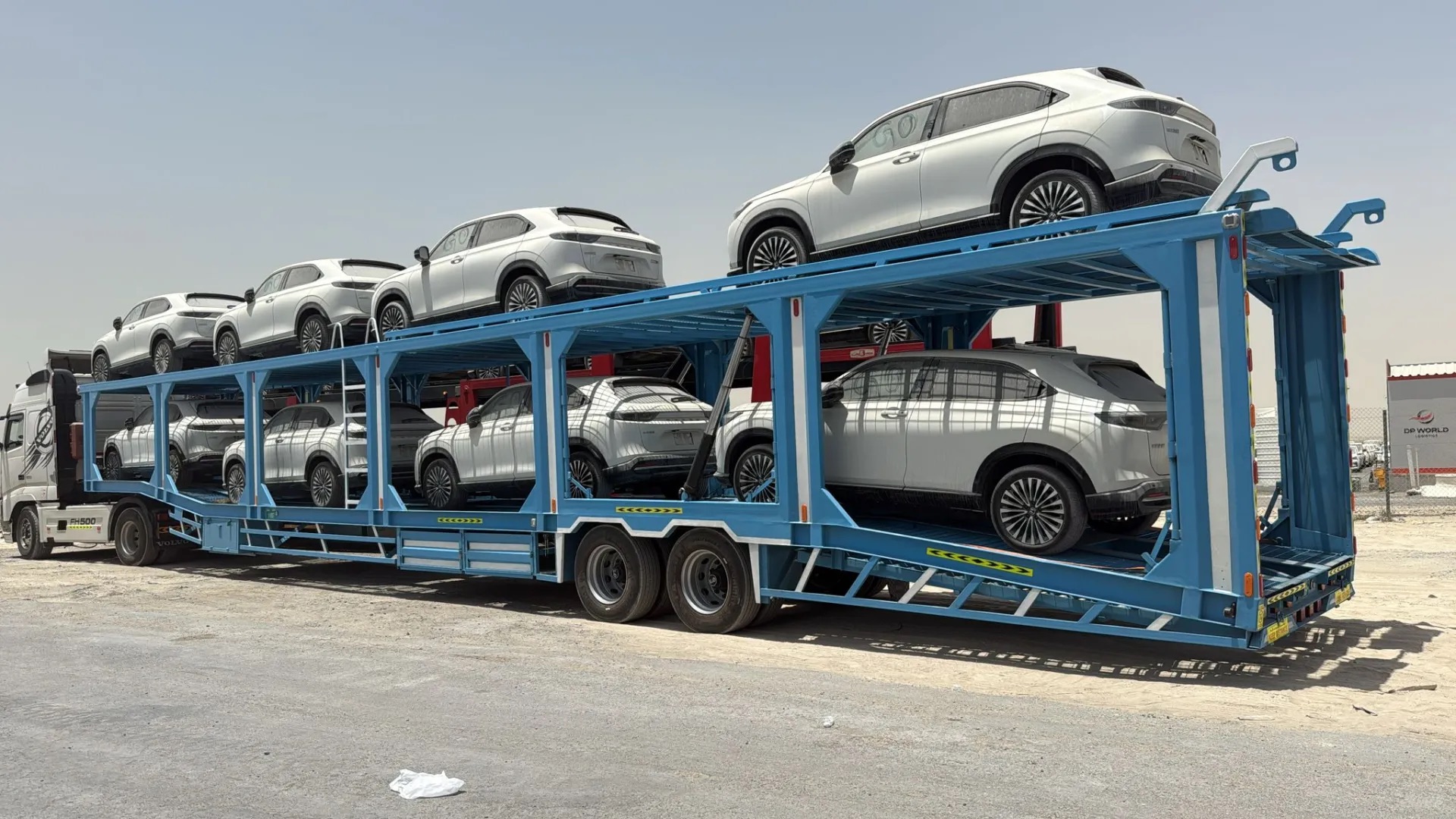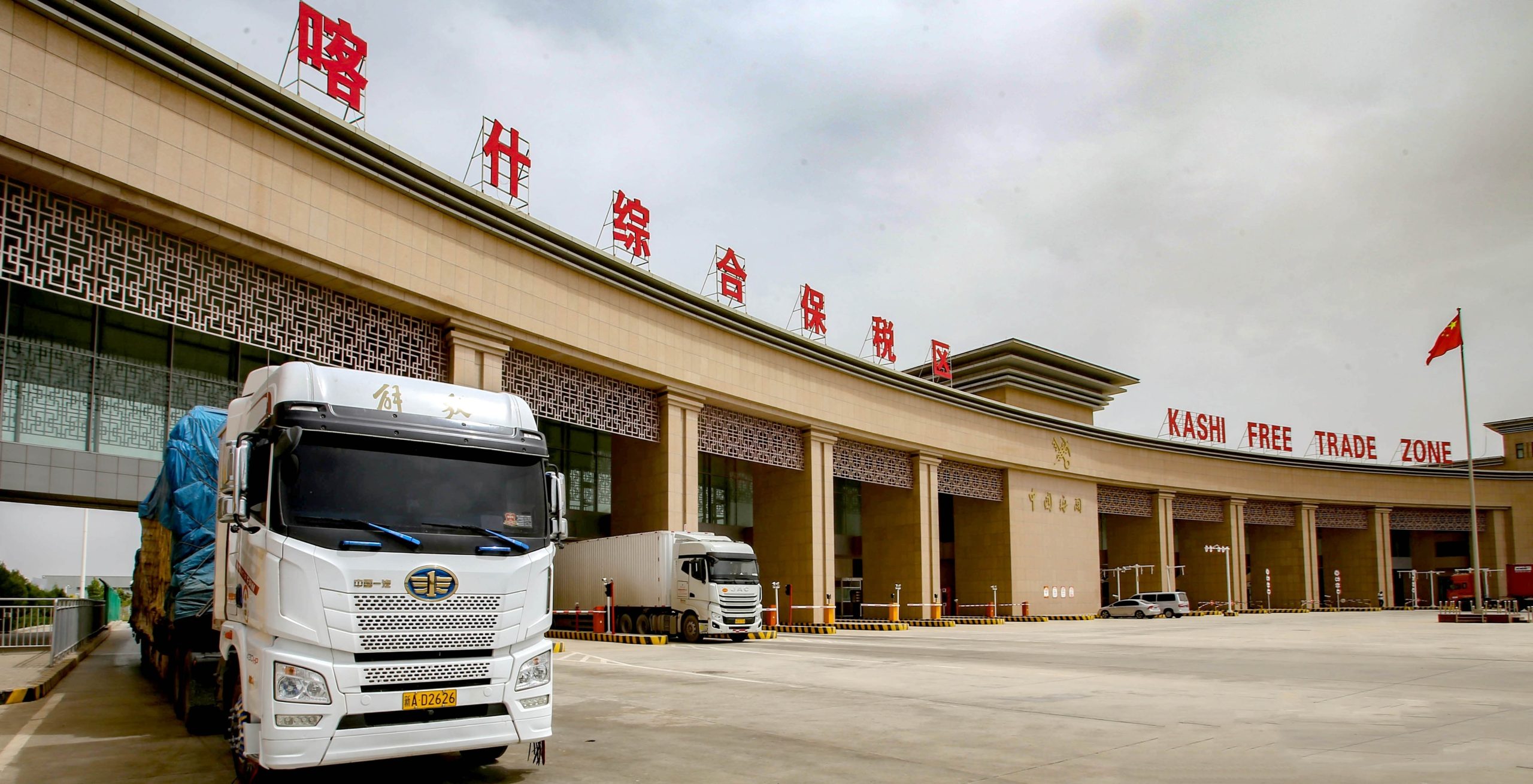The future trend of new energy vehicles
The Rise of China’s New Energy Vehicles: Leading the Future of Green Mobility.
In recent years, China’s new energy vehicle (NEV) industry has flourished, becoming a major force in the global automotive market. From policy support to technological innovation, from a well-established supply chain to growing market acceptance, China’s NEVs demonstrate unique competitive advantages. They have not only driven the transformation and upgrading of the domestic automotive industry but also contributed Chinese wisdom and solutions to global green mobility.
Policy Support: A Strong Backbone for Industry Growth.
China’s government has provided unparalleled support for the NEV sector. As early as 2009, the country began implementing subsidies for NEVs to promote the adoption of electric vehicles. Later, policies such as the “dual-credit” system, purchase tax exemptions, and free license plates further stimulated market demand. In 2020, China set its “carbon peak and carbon neutrality” goals, with NEVs identified as a key development area, ensuring continued policy incentives. Additionally, major Chinese cities have invested heavily in infrastructure, rapidly expanding charging stations and battery-swapping networks, effectively alleviating consumers’ “range anxiety.” This comprehensive policy framework has laid a solid foundation for the widespread adoption of NEVs.
Technological Innovation: From Follower to Leader.
In core technologies, China’s NEV companies have evolved from “imitators” to “innovators.” In battery technology, companies like CATL and BYD have become global leaders in power batteries, with high-energy-density lithium iron phosphate (LFP) and ternary lithium batteries widely used in domestic and international markets.
In terms of intelligent technology, Chinese automakers have made significant investments in autonomous driving and vehicle connectivity. Emerging brands such as XPeng, NIO, and Li Auto excel in smart cabins and advanced driver-assistance systems (ADAS). The involvement of tech giants like Huawei and Baidu has further accelerated advancements in vehicle-road coordination and V2X (vehicle-to-everything) technologies.
Supply Chain Advantages: The World’s Most Complete Ecosystem
China boasts the world’s most comprehensive NEV supply chain, covering everything from upstream raw materials (e.g., lithium and cobalt) to midstream components (e.g., batteries, motors, and electronic control systems) and downstream vehicle manufacturing and after-sales services. This has created a highly synergistic industrial ecosystem.
Regions such as the Yangtze River Delta, Pearl River Delta, and Beijing-Tianjin-Hebei area have formed multiple NEV industrial clusters, with dense networks of supporting enterprises, high production efficiency, and significant cost advantages. The success of Tesla’s Shanghai Gigafactory is largely attributed to China’s robust supply chain. This clustering effect gives Chinese NEVs strong competitiveness in the global market.
Market Recognition: Growing Consumer Confidence
As product quality improves, Chinese consumers are increasingly embracing NEVs. In 2023, China’s NEV sales exceeded 9 million units, accounting for over 60% of the global market share. Brands like BYD, GAC Aion, and NIO have performed strongly in the domestic market while actively expanding overseas, with their presence growing in Europe, Southeast Asia, and Latin America.
Consumers choose NEVs not just because of policy incentives but also for their superior user experience—lower operating costs, smarter driving features, and more eco-friendly mobility. These factors make NEVs the preferred choice for an increasing number of households.
A Greener Future: China’s NEVs and Their Global Mission
In the global fight against climate change, the adoption of NEVs is crucial. As the world’s largest NEV market, China is not only optimizing its own energy structure but also making significant contributions to global emission reduction efforts. Looking ahead, with advancements in hydrogen fuel cells, solid-state batteries, and other cutting-edge technologies, China’s NEV industry is poised to achieve further breakthroughs and lead the world in green mobility.
Conclusion
The rise of China’s NEV industry is the result of coordinated efforts in policy, technology, supply chain, and market dynamics. It represents not only the upgrading of China’s manufacturing sector but also a global vision for sustainable development. As technology continues to advance and markets expand, China’s NEVs will remain at the forefront, offering the world greener and smarter mobility solutions.






